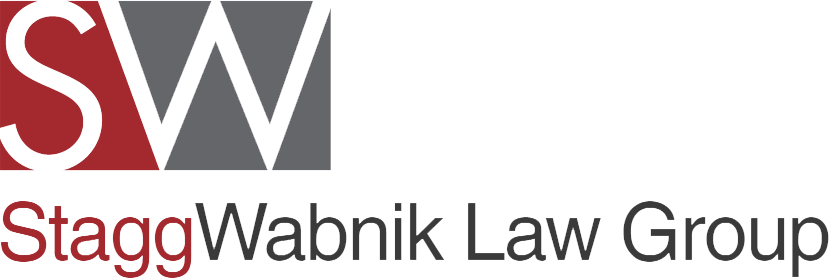Preventing Workplace Discrimination and Harassment: Building a Safe and Inclusive Environment
- Stagg Wabnik
- Feb 26, 2024
- 3 min read

In a world that increasingly values diversity and inclusion, businesses must be proactive in cultivating a workplace that is compliant with legal standards and fosters a sense of respect and belonging among its employees. Preventing workplace discrimination and harassment is paramount in this endeavor. This post aims to guide businesses through the legal aspects of prevention, offering insights into creating robust policies, conducting effective training, and nurturing a culture prioritizing inclusivity and respect.
Crafting Comprehensive Anti-Discrimination and Harassment Policies
Legal Foundations
Understanding the legal framework is the first step in preventing workplace discrimination and harassment. Laws such as Title VII of the Civil Rights Act, the Americans with Disabilities Act (ADA), and the Age Discrimination in Employment Act (ADEA) provide essential guidelines that businesses must adhere to.
Policy Development
Developing clear and comprehensive policies is crucial. These policies should define discrimination and harassment, provide examples, outline reporting procedures, and specify the consequences of violations. Ensure the policies are easily accessible to all employees and regularly updated to reflect legal and societal changes.
Conducting Regular Training Sessions
Importance of Training
Training is an indispensable tool in the arsenal against workplace discrimination and harassment. It serves multiple crucial functions, such as educating employees about acceptable and respectful workplace behavior. Training sessions are a platform where employees are informed of their rights and responsibilities and the proper channels to report any harassment or discrimination they might face or witness. It also significantly fosters a culture of respect and mutual understanding among employees, promoting a harmonious workplace environment where everyone feels safe and valued.
Implementing Effective Training Programs
Effective training programs are the backbone of a proactive approach to preventing workplace discrimination and harassment. Such programs should be meticulously designed to be engaging, ensuring active participation and retention of information. They should be comprehensive, covering various forms of discrimination and harassment, legal aspects, reporting procedures, and bystander intervention strategies. The content should be regularly updated to align with the latest legal guidelines and societal understandings of harassment and discrimination. An effective training program is dynamic, relevant, and resonates with the employees, ensuring that the essential messages are communicated effectively.
Fostering a Culture of Inclusivity and Respect
Leadership’s Role
Leaders within an organization wield significant influence over the workplace culture. They are instrumental in setting the tone for acceptable behavior and the organization’s stance against discrimination and harassment. Leaders must be the epitome of respectful behavior, demonstrating the values the organization upholds through their actions. They should actively promote inclusivity, ensuring that every employee feels valued and respected regardless of background. Leaders must also be decisive and swift in taking appropriate actions against discrimination and harassment, reinforcing the organization’s commitment to a safe and respectful workplace.
Continuous Efforts
Creating and maintaining a respectful and inclusive workplace is not a one-time task but a continuous effort. It involves promoting open communication, encouraging employees to voice their concerns, and ensuring they are addressed promptly and effectively. Celebrating diversity and recognizing and valuing each employee's unique perspectives and contributions is essential. Organizations should continuously strive to enhance their workplace culture, ensuring that it evolves to meet the needs and expectations of their workforce, promoting a sense of belonging and respect among all employees.
Mandated Training in New York City
In New York City, local laws mandate that employers with 15 or more employees conduct annual anti-sexual harassment training. This training must cover specific topics, including the definition of sexual harassment, examples of conduct that constitutes sexual harassment, and the legal remedies available to victims. Employers must ensure that their training programs comply with local laws, providing comprehensive education that empowers employees to recognize, report, and prevent sexual harassment in the workplace. Building a Future of Respect and Inclusivity
Preventing workplace discrimination and harassment is not merely a legal obligation but a moral imperative. By crafting robust policies, conducting regular training, and fostering a culture of inclusivity and respect, businesses can build a workplace where every employee feels valued and protected.
Ready to strengthen your workplace against discrimination and harassment? Contact Stagg Wabnik Law Group at (516) 812-4550 for experienced legal guidance in building a safe and inclusive work environment.





Comments